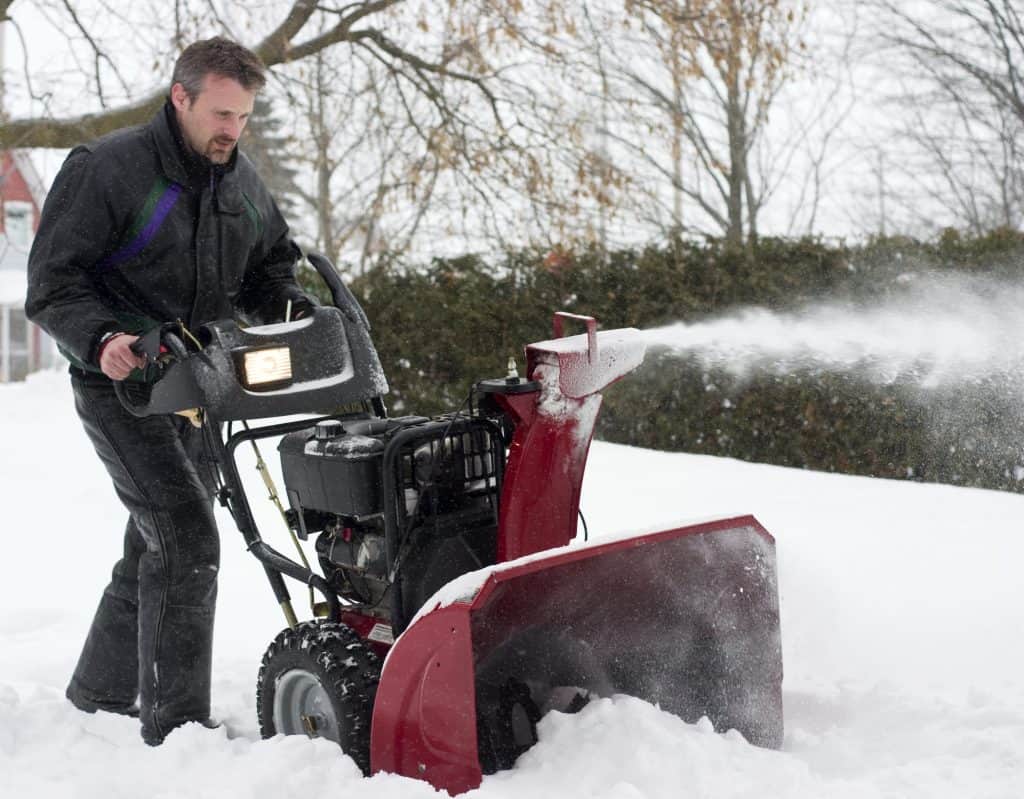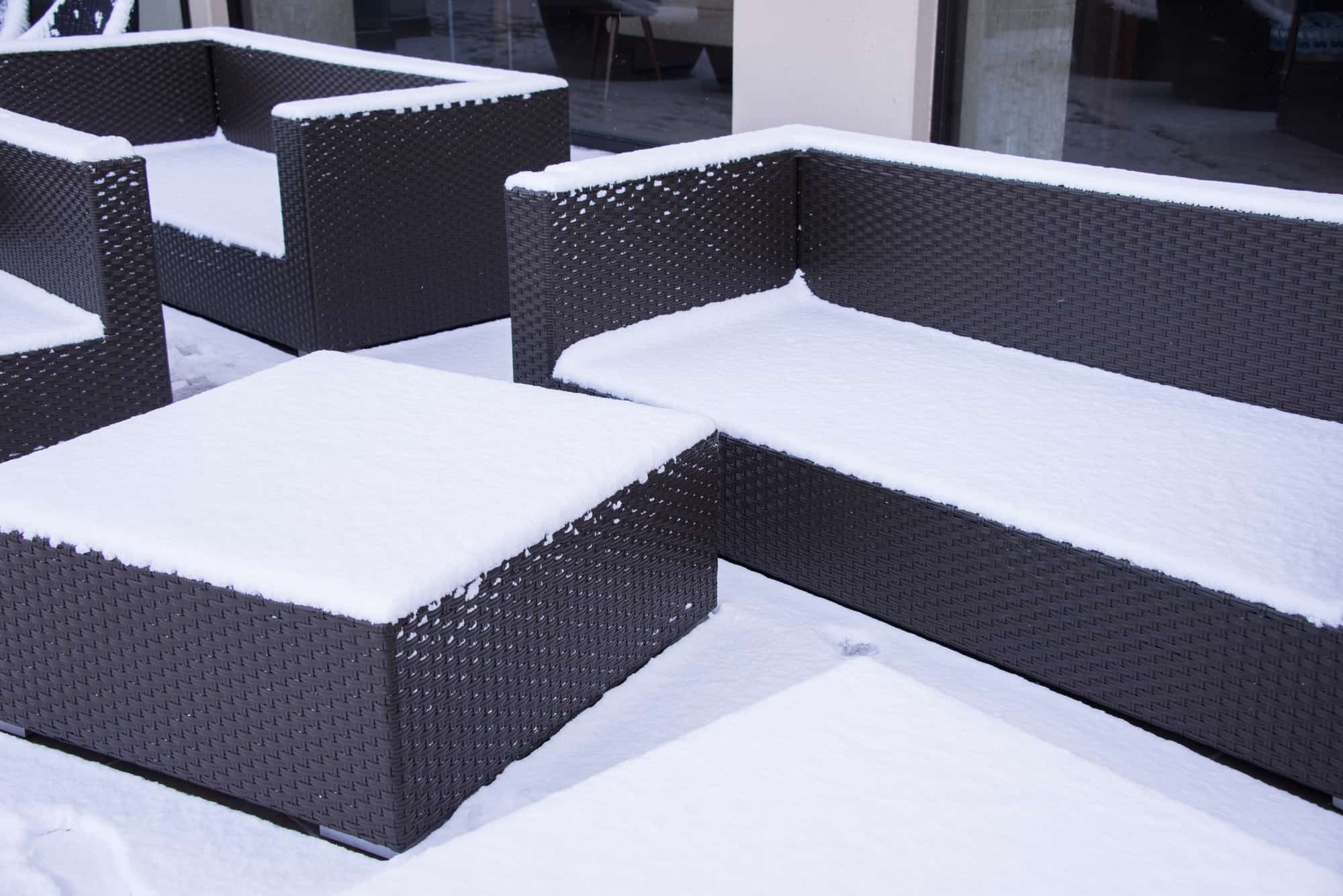Living in an area with particularly harsh winters, I’m familiar with the struggle of dealing with snow and ice. They’re often in extremely inconvenient places and it’s up you to figure out creative ways to get rid of it. Sure, you may try to ignore it and simply brute force your way to the mailbox, but you’ll destroy your grass and be exhausted before its done.
There are better ways to deal with the problem. So buckle up, and let’s explore the best tools for breaking up ice.
A humble shovel
Brute force certainly has its place. Sometimes there’s no recourse but to grab your trusty shovel and get rid of your ice the old-fashioned way. In fact, having a good shovel handy is a require up north and you’ll be glad to pick one up.
For the un-initiated, your back and legs will weary by the time you’re done. But that’s a small price to pay to clean your outdoor space.
What kind of shovel?
There are dozens of different types of shovels, so which one is best for breaking up ice? In most cases, you’ll want to get one with a wide, flat head, allowing you to pick up as much material as possible. Flat shovels are perfect for scooping up snow and busted ice and can mostly hold their own when breaking apart solid sheets.
Most of the time, your strategy is going to be sliding the flat end underneath the lip of the sheet of ice and prying upwards. Then, simply moving the broken pieces of ice to an area out of the way.
Unfortunately, not all ice can be worked around like this. In those cases, you’ll need to hit the ice with the head of the shovel to break it up. In this case, a digger (either pointed or round) shovel would work better. But it’s possible that you can still get by with a flat shovel.
Considering materials
A plastic shovel will be less rigid, lighter, and less durable than their metal cousins. I would choose metal if accumulating ice is common in your area. Otherwise, I would take the weight savings of a plastic shovel. An extra few ounces makes a huge difference in how quickly you’ll tire out.
Watch out for hypothermia and frostbite
When using hand-tools outside in freezing weather, always be aware of what your body is telling you. When fully exposed hypothermia can take effect in as little as 7 minutes. Additionally, frostbite can occur in as little as 10 minutes!
To prevent these afflictions, always wear proper gear when working outside, including a warm jacket and gloves.
If you start shivering, notice yourself becoming clumsy, or experience any numbness in your extremities, pack it in and wait for your body to warm back up.
An ice pick
It’s completely understandable if you don’t want to be swinging a shovel around to break up ice. They can be large, unwieldy, and cumbersome — certainly not a precision instrument.
If you’re dealing with a small amount of persistent ice, consider acquiring an ice pick. This is a far more precise tool that will allow you to exercise finesse when dealing with frozen water. They help break the ice up into manageable pieces, that can then be removed with a run-of-the-mill snow shovel.
This is very much a case of working smarter, not harder. Your back will certainly appreciate you using one of these alongside your trusty shovel.
Considering a snowblower

Despite the fact that “snow” is in its name, you can use snowblowers for ice as well. In fact, even a small electric snowblower will work for ice as thick as 4 inches. Larger, gas-powered snow blowers can chew through ice thicker than 6 inches!
If you already own a snowblower, make sure you read the manufacturer’s guidelines for your particular model before you start chewing through ice!
The downsides? Snowblowers are costly and require seasonal maintenance, making them a poor choice for folks who don’t receive a lot of icy weather.
Do not user a deicer!
While applying a deicer will prevent ice from forming at all, many deicers are corrosive to concrete and can cause massive damage when used on walkways, patios, driveways, and sidewalks.
Final thoughts
Each person has their own preferred tool for dealing with ice and I’m sure you’ll find your own. If you already have one, feel free to share in the comments and I’ll add it to the article!

